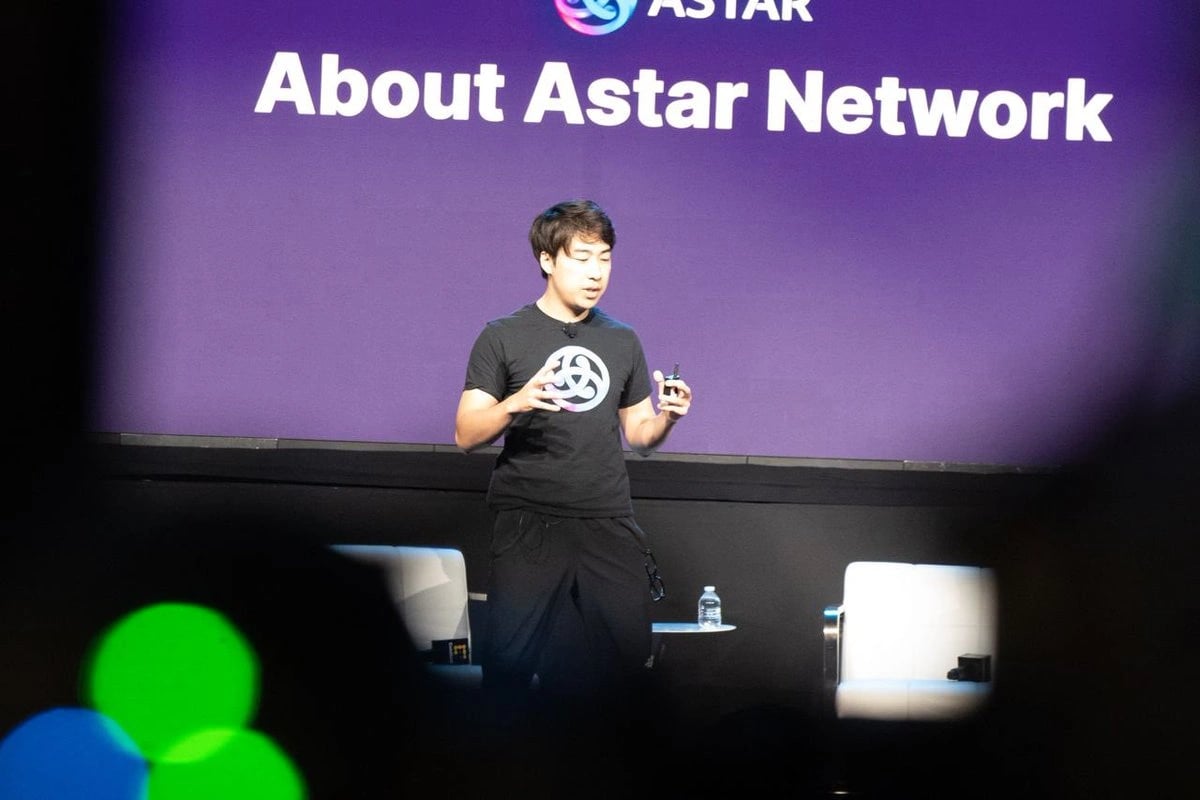위키 구독하기
Share wiki
Bookmark
Astar
Astar
Astar는 개발자들이 스마트 계약, 분산형 애플리케이션(dApp) 및 2계층 솔루션을 구축할 수 있도록 지원하는 분산형 멀티체인 플랫폼입니다. 상호 운용 가능한 웹 3.0 인프라, 인큐베이션 프로그램, 기술 지원 및 재정적 인센티브를 제공하여 이더리움 가상 머신(EVM)과 WebAssembly(WASM) 가상 머신을 모두 지원함으로써 모든 개발자에게 최고의 솔루션을 제공하고 ASTR 유틸리티 토큰을 얻을 수 있도록 합니다. [1]
Astar Network는 2019년 "Plasm Network"라는 이름으로 시작되었지만 2021년 9월에 브랜드를 변경했습니다. 메인넷은 소타 와타나베가 Astar Network에 대한 그의 아이디어를 자세히 설명하면서 2022년 1월 중순에 공개적으로 출시되었습니다. 2022년 1월 말, Astar가 공개된 직후 Scytale Ventures로부터 벤처 투자를 통해 2,200만 달러를 모금했습니다.
2022년 3월, Astar는 Polkadot Parachains 및 벤처 파트너와 함께 Acala Ecosystem Program(2억 5천만 달러 aUSD)에 합류했습니다. EVM과 함께 Astar의 파라체인은 EVM 및 WASM 스마트 계약이 공존하고 서로 통신하여 웹3 혁신을 가능하게 합니다. 이 기술은 Polkadot 생태계를 이더리움 및 코스모스와 같은 1계층 블록체인과 연결합니다. 2022년 4월, Astar는 Digital Entertainment Asset Pte. Ltd.(DEA)와 협력하여 DEA의 GameFi 콘텐츠 IP를 생태계에 통합하여 플레이 투 언(P2E) 게임, DEAPcoin(DEP) 네이티브 토큰 및 양측을 위한 NFT 마켓플레이스를 제공했습니다.
2023년 5월 현재 Astar는 총 4,600만 달러의 자금을 확보했으며, ASTR 토큰은 dApp 스테이킹, 트랜잭션 및 온체인 거버넌스에 사용할 수 있습니다.
개요
Astar는 2019년 소타 와타나베에 의해 Plasm Network로 설립되었으며 2022년 Polkadot에서 멀티체인 스마트 계약 플랫폼으로 브랜드를 변경했습니다. 싱가포르에 본사를 두고 일본에서 운영되는 Astar는 Stake Technologies에 의해 개발되었습니다. EVM 및 WASM 환경을 모두 지원하고 가상 머신 간 크로스(XVM) 및 합의 메시징 간 크로스(XCM)를 사용하여 상호 운용성을 제공하는 일본에서 가장 인기 있는 스마트 계약 플랫폼입니다. Astar의 목표는 다양한 블록체인, 2계층 솔루션 및 가상 머신을 지원하는 완벽한 멀티체인 스마트 계약 플랫폼이 되는 것입니다. Astar Network는 DAO, DeFi 및 NFT를 지원하는 멀티체인 Polkadot dApp 허브로 설계되어 개발자가 인프라를 넘어 애플리케이션 개발에 더 집중할 수 있도록 합니다. Astar의 호평받는 Build2Earn 모델을 통해 개발자는 스테이킹 메커니즘을 통해 코딩 및 dApp 생성에 대한 수익을 얻을 수 있습니다. 일반적으로 Astar Network의 dApp 개발자는 Astar Network 커뮤니티를 위한 스마트 계약 또는 인프라를 구축할 때 Astar 토큰을 받습니다. 그런 다음 선택한 dApp에 토큰을 스테이킹하고 지원할 수 있습니다. 그 대가로 스테이커는 블록 보상으로 Astar 토큰을 받고, dApp 개발자는 스테이킹 금액에 따라 보상을 받습니다. [2]
역사
초기(2019 - 2021)
Astar는 2019년 1월 소타 와타나베에 의해 Plasm Network로 설립되었습니다. Astar는 2021년 6월까지 Plasm Network로 알려졌으며, 이후 Astar로 브랜드를 변경하고 Polkadot에서 멀티체인 스마트 계약 플랫폼으로 출시되었습니다. Plasm Network는 Polkadot에서 2계층 기술을 구현하는 확장 가능한 스마트 계약 플랫폼입니다. 이 네트워크는 플라즈마 루트 체인과 자식 체인의 두 부분으로 구성되며, 개발자는 사용 사례에 따라 플라즈마 체인에서 간단한 dApp을 구축하거나 복잡한/산업용 자식 체인을 생성하여 스마트 계약을 지원할 수 있습니다. 또한 Plasma Network는 (설계상 스마트 계약을 지원하지 않는) Polkadot에 속하며, 네이티브 토큰인 PLM은 스테이킹, 트랜잭션 수수료, dApp 보상 및 관리에만 사용할 수 있습니다. [3]

브랜드 변경을 통해 Astar의 2계층은 혁신적인 개발 파이프라인의 한 요소가 되었습니다. 이 플랫폼은 EVM, WASM 및 2계층 솔루션을 지원하는 dApp 허브입니다. 와타나베는 다음과 같은 성명을 발표했습니다.
오늘부터 새로운 장을 열었습니다. 별이 탄생했습니다. Plasm은 이더리움 가상 머신과 WebAssembly를 모두 지원하는 Polkadot 기반 멀티체인 dApp 허브가 되기 위해 Astar Network가 되었습니다.
브랜드 변경된 이름인 Astar는 이제 Polkadot Parachain에 사용되며 생태계에 배포되었습니다. 2021년 2월, Astar는 시드 펀딩을 통해 240만 달러를 모금했습니다. Astar Network는 2021년 11월 Acala와 Moonbeam에 이어 Polkadot의 첫 번째 파라체인 경매에서 3위를 차지했습니다. 600만 건이 넘는 트랜잭션과 거의 50만 명에 달하는 온체인 ASTR 보유자를 보유한 Astar는 Polkadot에서 가장 인기 있는 파라체인 중 하나가 되었습니다. [4] [5]
잘못된 내용이 있나요?
